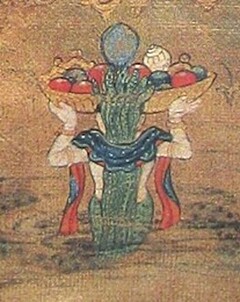Seven Branches Series
English (5) | Español (3) | Français (2) | Português (2) | བོད་ཡིག (5)
Texts on the theme of the seven-branch (yan lag bdun pa; saptāṅga) service, commonly consisting of 1) prostration/homage, 2) making offerings, 3) confession of negative actions, 4) rejoicing in others' virtue, 5) requesting the turning of the dharma wheel, 6) imploring teachers to remain and not pass into parinirvāṇa, and 7) dedicating merit to the enlightenment of all sentient beings.
